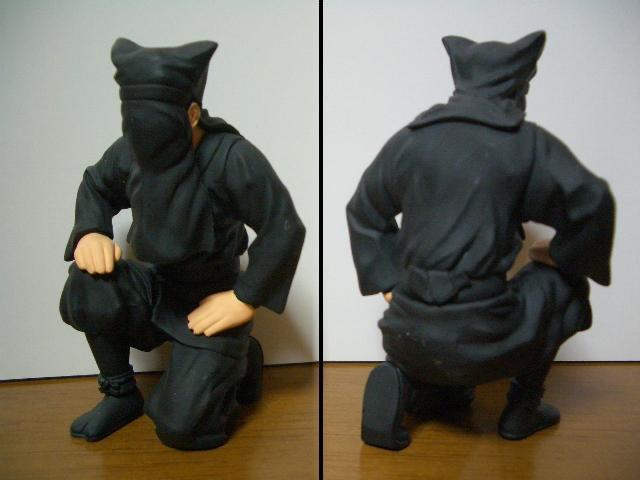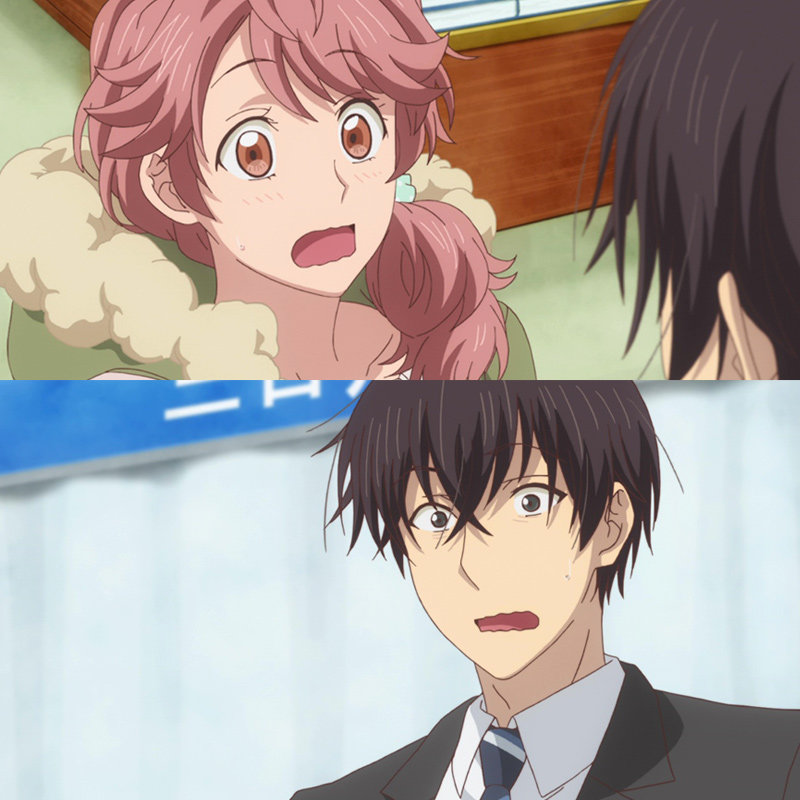It’s funny how we’re all wired to perceive things a certain way, depending on what culture we come from. When my daughter was younger, we took her to an eye doctor in the U.S. for some tests, and the doctor showed her some pictures and asked her to identify them. She wasn’t able to answer properly, not because of some problem with her eyes, but because the pictures — silhouettes of household objects — looked strange to her since she’d grown up outside the U.S. When I went to see a kabuki play in Tokyo for the first time, I was confused by the story, and not just because of the archaic Japanese the actors were speaking. As the story progressed, men in black costumes would appear on stage and scurry around, moving props and background objects. To my eyes, they looked like classic ninja, ready to strike their enemies dead, yet for some reason the characters on stage ignored their presence and went on with the story. It turns out I was looking at kuroko, stage hands who manipulate objects during the performance but who are supposed to be ignored by the audience. These unique “invisible shadows” show up on other performance arts, too, especially bunraku, a play put on using highly detailed dolls that are manipulated by a puppet master who wears the kuoroko clothing, making him invisible to the audience.
What Anime Raised You? J-List Customers of Culture Respond!
One reason I love social media like X, Bluesky, and Facebook is that I can post questions to my followers...















